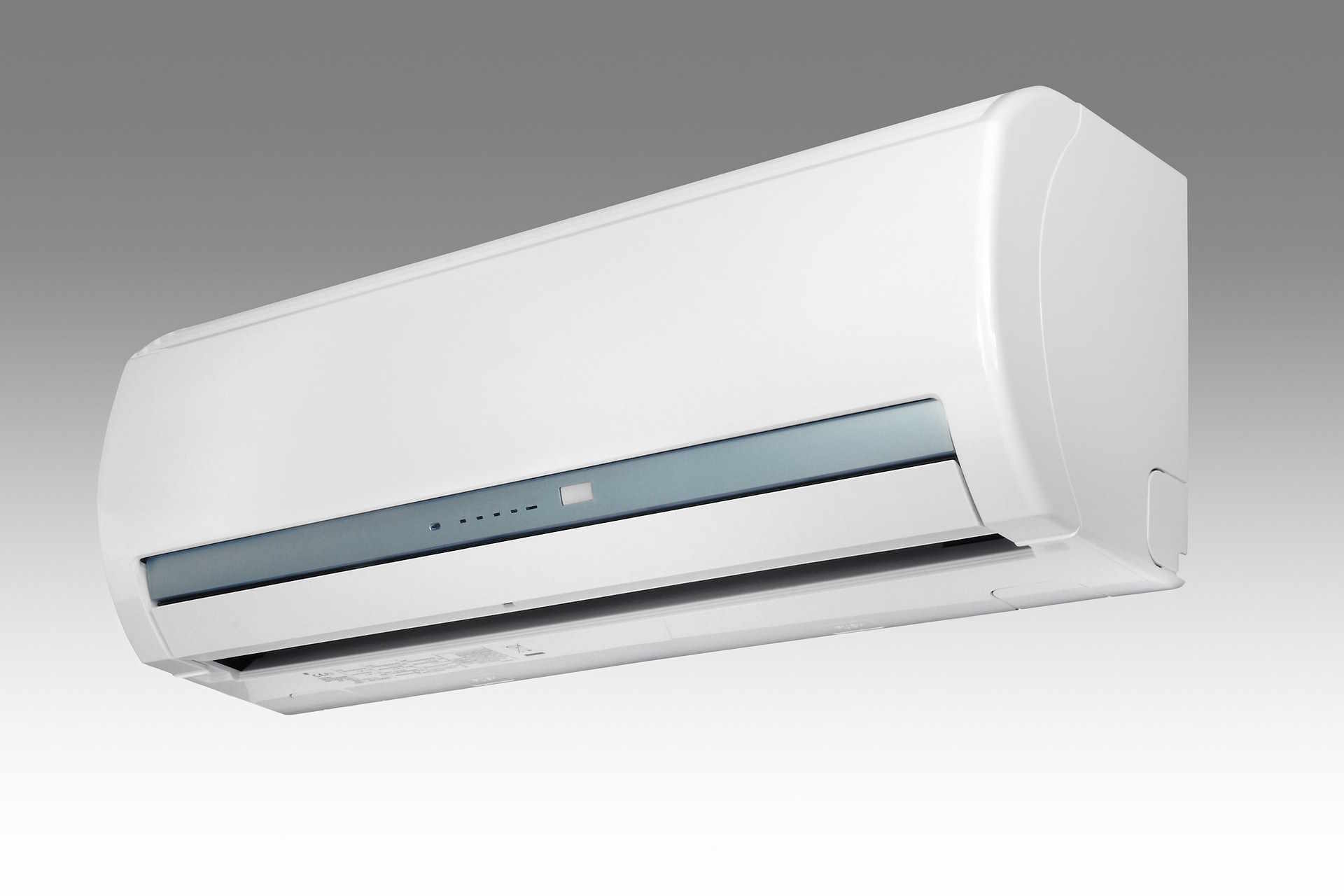Ductless AC Explained: The Smart Home Cooling Guide
Discover how ductless air conditioning delivers efficient, targeted cooling without extensive ductwork. This guide compares ductless systems to portable units, outlines energy-saving benefits, potential drawbacks, and what to consider when choosing a model—ideal for homeowners seeking flexible, low-impact cooling solutions.

How do ductless systems stack up against portable air conditioners?
Ductless mini-splits and portable air conditioners both promise flexibility, but they serve different needs. Ductless systems are permanently mounted solutions with an outdoor compressor connected to one or more indoor air handlers via slim refrigerant lines. This arrangement produces more effective, quieter cooling and finer temperature regulation across larger or multiple spaces. Portable units are standalone and can be moved between rooms, making them convenient for short-term or spot cooling. However, they generally provide less cooling power, can be louder, and often struggle to maintain comfort in bigger or open-plan areas.
Key advantages of choosing a ductless system
Ductless air conditioning offers several compelling benefits for homeowners:
-
Energy efficiency: Without ducts, mini-splits eliminate heat losses that occur through leaky or poorly insulated ductwork. Many models also use inverter-driven compressors that modulate output to match demand, reducing wasted energy from constant on/off cycling.
-
Zoned temperature control: Multiple indoor units allow you to create independent temperature zones. You can cool only the rooms you use, which can reduce electricity use and improve comfort.
-
Minimal disruption during installation: Installing ductless systems involves a small hole through an exterior wall to run refrigerant and electrical lines. This is far less invasive than installing or retrofitting ductwork for a central system.
-
Better indoor air quality: Many indoor units include multi-stage filtration that can capture dust, pollen, and some airborne particles—helpful for allergy sufferers when combined with proper maintenance.
-
Flexible placement: Ductless units work well in older homes without ducts, new additions, converted attics or garages, and rooms with unusual layouts where traditional HVAC would be difficult or costly to install.
Potential trade-offs to consider
While ductless systems have many perks, there are a few drawbacks to keep in mind:
-
Upfront cost: Initial purchase and professional installation costs for a ductless system are typically higher than those for window or portable units.
-
Visible indoor components: The wall-mounted air handlers are noticeable inside living spaces, which may be a design concern for some homeowners.
-
Ongoing maintenance: To preserve efficiency and indoor air quality, filters and coils need regular cleaning and periodic professional servicing.
-
Heating limits in extreme cold: Some ductless heat pump models provide heating as well as cooling, but in very cold climates their heating performance can diminish. Supplemental heating may be required in those conditions.
How ductless systems improve home energy performance
Ductless systems can make a meaningful difference in household energy use. Traditional central systems can lose a significant portion of conditioned air through ducts—sometimes up to 20–30% in leaky or poorly insulated systems. Eliminating ducts removes those losses. Additionally, zoned operation and inverter-driven compressors help maintain set temperatures more efficiently by only supplying the capacity needed instead of repeatedly cycling on and off. For homeowners focused on lowering bills and reducing environmental impact, ductless units are often a smart option.
Choosing the right ductless air conditioner
When evaluating models and planning an installation, use these criteria to guide your decision:
-
Cooling capacity: Match the combined BTU ratings of the indoor units to the size and layout of the spaces you intend to cool. Undersized systems will struggle; oversized systems can short-cycle.
-
Efficiency ratings: Look for higher SEER ratings and inverter technology for the best long-term energy performance.
-
Zoning needs: Count how many zones (rooms or areas) require individual control to determine the number of indoor units and the system configuration.
-
Manufacturer reputation: Choose reputable brands known for reliability, warranty support, and available replacement parts.
-
Installation expertise: Hire an experienced HVAC technician familiar with ductless installations; correct refrigerant charge, line routing, and electrical work are crucial for performance and longevity.
-
Features and extras: Consider built-in Wi-Fi control, programmable schedules, advanced filtration options, and integrated heating capability if year-round climate control is important.
| Brand | Model | Cooling Capacity (BTU) | SEER Rating | Estimated Cost Range |
|---|---|---|---|---|
| Mitsubishi | MSZ-GL09NA | 9,000 | 24.6 | $1,500 - $2,500 |
| Daikin | FTXS12LVJU | 12,000 | 23 | $1,800 - $3,000 |
| LG | LS120HEV | 11,200 | 22 | $1,600 - $2,800 |
| Fujitsu | ASU12RLS3 | 12,000 | 33 | $2,000 - $3,500 |
| Carrier | 40MAQB09B–3 | 9,000 | 23 | $1,700 - $2,900 |
Prices, rates, or cost estimates mentioned above are based on available information and may change over time. Independent research is advised before making financial decisions.
Final thoughts
Ductless air conditioners combine efficient, targeted cooling with flexible installation options, making them an appealing upgrade for many homes—especially those without existing ductwork or with rooms that need independent temperature control. Although the upfront cost and visible indoor units may deter some buyers, the long-term energy savings, improved comfort through zoned control, and reduced installation disruption often offset those concerns. For the best outcome, match system capacity to your spaces, prioritize reputable brands and certified installers, and factor in routine maintenance to keep the system running efficiently for years.
This article aims to provide a practical overview to help homeowners decide if a ductless system fits their needs. For personalized recommendations and sizing, consult a qualified HVAC professional.






